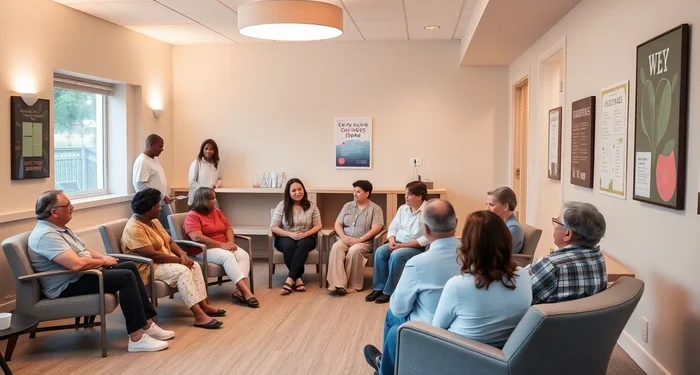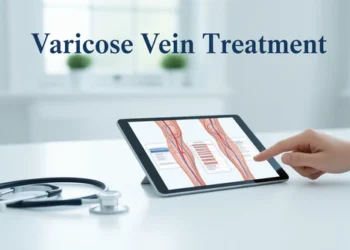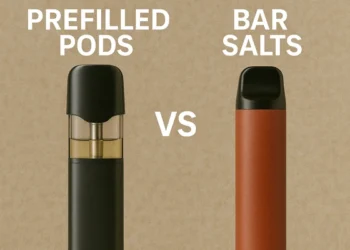Questions Answered in This Article:
- Why Inpatient Rehab Is a Powerful First Step
- Why Staying Local Can Help Recovery Stick
- What a 30-Day Inpatient Rehab Program Offers
- What Daily Life Looks Like in Inpatient Rehab
- What Makes a Good Inpatient Rehab Facility?
Making the decision to enter inpatient drug rehab near me is often the first step toward lasting change. Whether you’re struggling with drug or alcohol addiction or helping a loved one navigate this challenging path, inpatient rehab offers a structured, supportive environment that focuses on healing and recovery.
Inpatient programs provide a safe, focused space for individuals to detox, receive therapy, and develop the skills needed to build a sober life. These programs offer comprehensive care, including medical supervision, emotional support, and access to a range of therapeutic treatments.
Why Inpatient Rehab Is a Powerful First Step
Inpatient drug rehab offers a structured, supportive setting where people can focus fully on their recovery. With 24/7 care, medical supervision, and a daily routine of therapy and support, inpatient rehab is ideal for those with moderate to severe substance use disorders. It’s also a great fit for individuals with co-occurring mental health concerns who need more than just outpatient treatment.
By choosing a program like a drug rehab near inpatient program, people are making a strong investment in their future. Recovery requires consistency, and the daily structure of inpatient care provides just that. It creates a foundation for healing, free from the triggers and distractions of daily life.
Why Staying Local Can Help Recovery Stick
Going to rehab nearby can make recovery feel more manageable. It’s comforting to be close to home—and it helps keep your support system involved. Whether you’re looking for practical convenience or more emotional support, local care has clear advantages.
Benefits of choosing an inpatient drug rehab facility near include:
- Easier involvement for family members in therapy and support.
- Lower travel stress, especially during intake and aftercare.
- Better coordination with local outpatient providers after discharge.
Being close to home can strengthen your transition back into everyday life. Rehab doesn’t happen in a vacuum—it works best when your real-world support system is part of the process.
What a 30-Day Inpatient Rehab Program Offers
A 30 day inpatient drug rehab near is a focused, intensive way to begin treatment. These programs help stabilize people quickly and give them tools to begin living substance-free. For many, 30 days is enough time to start meaningful change.
Here’s what most 30-day rehab programs include:
- Medical detox to manage withdrawal symptoms safely.
- Group therapy and one-on-one counseling sessions.
- Addiction education and relapse prevention planning.
- Community support and structured daily routines.
Many people use 30-day rehab as a starting point before moving to outpatient treatment. No matter what comes next, this first month is a key foundation for long-term recovery.
What Daily Life Looks Like in Inpatient Rehab
Inpatient programs follow a structured schedule designed to support healing. The daily routine removes distractions and helps people focus on getting better. Most programs include a mix of therapy, wellness activities, and peer support.
Typical components of an inpatient rehab program include:
- Individual therapy for trauma, stress, or relapse triggers.
- Behavioral therapies like CBT and DBT.
- Group counseling and recovery workshops.
- Wellness activities like yoga, fitness, or meditation.
If you’re exploring luxury inpatient drug rehab near, you’ll also find added comforts like private rooms or gourmet meals. While not essential to recovery, these amenities can make the experience more calming and restorative.
What Makes a Good Inpatient Rehab Facility?
Not every rehab center offers the same quality of care. It’s important to choose a program that’s both licensed and experienced in treating drug and alcohol addiction. The right setting can make a huge difference in how supported you feel during treatment.
Look for these features in a trusted addiction treatment center:
- Licensed staff and accredited programs.
- Personalized addiction treatment programs that meet your needs.
- Options for dual diagnosis treatment for mental health concerns.
- Help with long-term planning and different levels of care.
The best centers offer more than just a place to detox—they help you build a roadmap to a healthy future.
When Long-Term Inpatient Treatment Is Needed
For some, 30 days simply isn’t enough. A long term inpatient drug rehab near may be necessary for those with severe addiction, multiple relapses, or co-occurring mental health issues. More time in treatment allows for deeper healing and preparation for life outside rehab.
Long-term programs are especially helpful if you:
- Struggle with chronic relapse or long-term substance use.
- Need more time to stabilize mental health conditions.
- Want to reinforce healthy habits before reentering daily life.
Healing takes time—and some people need more of it. Long-term rehab supports recovery at a slower, more sustainable pace.
How Detox Sets the Stage for Recovery
Most inpatient programs begin with detox. This step clears substances from the body and helps manage early withdrawal symptoms. It’s a necessary part of recovery for many people and should always be supervised by medical professionals.
Withdrawal symptoms vary depending on the substance, the length of use, and your overall health. Some symptoms are mild, but others can be dangerous. That’s why professional detox is safer than going it alone.
At The Hope House, we offer medical detox to support you safely through this first step.
Family Involvement Can Strengthen Recovery
Addiction impacts the entire family—not just the person using. That’s why involving loved ones in treatment can be so important. When families heal together, recovery is more likely to last.
Ways families are included in treatment:
- Guided family therapy sessions.
- Education on addiction and healthy communication.
- Support with boundaries and post-rehab planning.
When family members are part of the process, the entire household has a better chance of lasting change.
How to Get Into Drug Treatment: What to Expect
Starting treatment may feel confusing, but the steps are simpler than you think. If you’re wondering how to get into drug treatment, know that help is just a call away.
Here’s what the intake process usually involves:
- A phone assessment to understand your needs.
- Insurance verification and payment options.
- Scheduling your intake and arranging logistics.
At The Hope House, we guide you through every step with care. You don’t need to figure it out alone—we’re here to help you get started.
What Happens After Inpatient Rehab Ends?
Recovery doesn’t stop after rehab. Ongoing support is key to preventing relapse and building a stable, sober life. A good rehab center will help you plan for this next phase from the start.
Common aftercare options include:
- Outpatient treatment or step-down programs.
- Continued therapy or support groups.
- Sober living or alumni check-ins.
Your time in rehab is just one part of the bigger recovery process. Planning for what comes next helps keep your progress on track.
Discover How Inpatient Drug Rehab Works
At The Hope House, we believe everyone deserves a chance to heal. Whether you or a loved one are struggling with addiction, we provide personalized care in a private, upscale setting designed for recovery.
We offer detox, inpatient treatment, dual diagnosis care, and long-term recovery planning. Wherever you are on your journey, we’re here to support you. Ready to take the first step? Contact us at (480) 448-6087 or contact@thehopehouse.com today and start your path to a healthier future.











